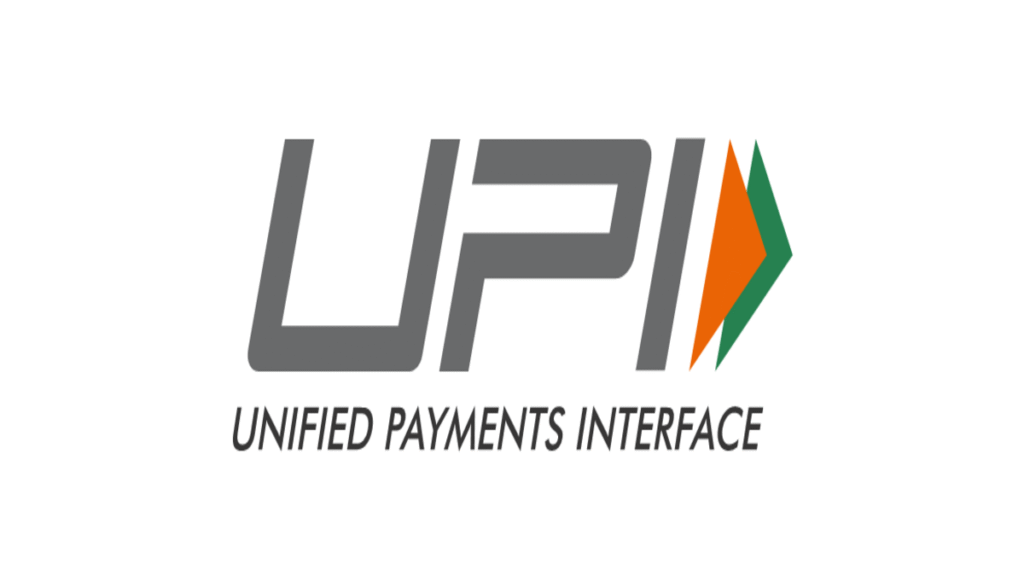Introduction: The UPI Boom Is Now Global
India’s digital payments revolution just crossed borders. With over 12 billion transactions monthly, the Unified Payments Interface (UPI) has become a household term in India. But now, in June 2025, it’s making headlines worldwide.
UPI is no longer just an Indian phenomenon—it’s a global financial tool. Countries like UAE, Singapore, France, Nepal, and Sri Lanka are among the growing list of nations accepting UPI payments. For the Indian diaspora, frequent travelers, and global businesses, this is a game-changing moment.
So what does UPI going global really mean? Let’s break down the latest updates, impact, and future potential.
What is UPI? A Quick Refresher
Unified Payments Interface (UPI), developed by the National Payments Corporation of India (NPCI), is a real-time mobile payment system that allows instant money transfer 24/7. Launched in 2016, it quickly became India’s go-to method for peer-to-peer, merchant, and utility transactions.
Key Features:
- Zero transaction fees
- Instant transfers across banks
- Operates 24/7 including holidays
- Secure and regulated by RBI
By 2025, UPI handles more transactions than Visa and Mastercard combined in India.
Where Has UPI Gone Global in June 2025?
As of June 2025, the following countries have officially enabled UPI payments through partnerships:
| Country | Partner Institutions | Use Cases |
|---|---|---|
| UAE | Mashreq Bank, Lulu Exchange | Retail stores, restaurants, remittance |
| Singapore | Liquid Group | QR-based payments |
| Nepal | Fonepay | Cross-border remittance |
| France | Lyra Network | Tourist payments, hotels |
| Sri Lanka | LankaPay | Online and offline retail |
| Mauritius | Bank of Mauritius | Merchant payments |
| Bhutan | Royal Monetary Authority | In-store UPI scan |
How Does It Work Internationally?
Global UPI transactions are enabled through NPCI International Payments Limited (NIPL). UPI’s global rollout depends on partnerships between Indian banks, foreign central banks, and local merchants.
Modes of Use:
- QR code-based payments: Just like in India
- International Rupee wallets: For NRIs
- Bank integrations: To allow UPI-to-bank transfers abroad
Example:
An NRI in Dubai can now scan a QR code at a retail store and pay using their Indian bank account via Google Pay or PhonePe—instantly.
Benefits of UPI’s Global Rollout
1. For NRIs and Travelers:
- No need to convert currency
- Avoid high forex charges
- Convenient and secure
2. For Indian Tourists Abroad:
- Use your domestic UPI apps like Paytm, Google Pay
- Scan and pay as you would in India
- Better transparency and tracking
3. For Merchants:
- Attract Indian customers and tourists
- Instant settlement in local currency
- Low operational costs
4. For the Indian Economy:
- Increased international recognition of Indian fintech
- Encourages digital economy and cashless lifestyle
- Boosts digital exports and global trade
What Are Experts Saying?
Ritesh Shukla, CEO of NPCI International:
“We’re not just exporting a payment solution; we’re exporting India’s digital transformation philosophy.”
Nandan Nilekani, Digital India Visionary:
“UPI going global is the first step towards creating a borderless, interoperable financial network that favors the user.”
Challenges UPI Faces Globally
Despite the hype, there are still some barriers:
- Currency Conversion Issues: Real-time forex rates vary.
- Regulatory Compliance: Varies from country to country.
- Banking Partner Delays: Some banks slow to onboard.
- Awareness & Adoption: Merchants and users need training.
Still, these are typical of any global rollout—and India is setting an example by tackling them proactively.
What’s Next for UPI After June 2025?
NIPL is already in talks with the UK, Canada, Australia, and the USA for UPI integration by the end of 2025.
Upcoming Features:
- UPI Voice Payments in English
- Multi-currency UPI wallet
- UPI Tap to Pay (NFC-based)
UPI is also set to enter the B2B remittance market, helping small exporters and freelancers receive payments globally without delay.
Why This Matters Globally
India has shown the world how a developing nation can leapfrog in digital infrastructure. UPI’s global success could influence:
- The creation of centralized payment protocols across continents
- Reduction of transaction fees by monopolies
- Push for open banking infrastructure worldwide
If successful, UPI could become the “SWIFT” of mobile payments.
Conclusion: The World is Paying Attention
India’s UPI going global is not just a fintech milestone—it’s a digital diplomacy masterstroke. With user-friendly technology, zero transaction fees, and government backing, UPI is redefining how the world looks at financial inclusion.
From Dubai malls to Parisian cafés, India’s mobile payments are now making a global impact. As UPI continues its global expansion, it stands tall not just as a product—but as proof of India’s digital ambition.
Stay tuned. The UPI wave is just getting started.

